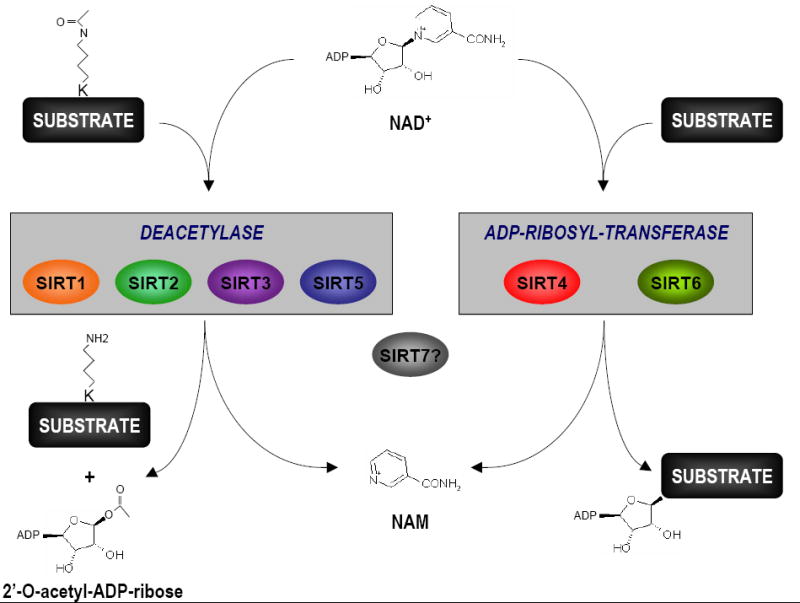Figure 1. Sirtuins catalyze deacetylation and/or O-ADP-ribosylation reactions.

The two enzymatic reactions catalyzed by sirtuins use nicotinamide-adenine-dinucleotide (NAD+) as a cofactor and produce nicotinamide (NAM). In the deacetylation reaction, the acetyl group of a target lysine residue is transferred to the ADP-ribose moiety of NAD+ to generate 2’-O-acetyl-ADP-ribose. Sirtuins can also catalyze the mono ADP-ribosylation of a non-acetylated protein substrate by transferring the ADP-ribose moiety of NAD+ to the target protein. The principal reaction of each sirtuin is depicted but it should be noted that most sirtuins harbor both activities to different degrees. For example, Sirt6 also has a weak deacetylase activity while Sirt1, Sirt2 and Sirt3 can catalyze O-ADP-ribosylation. The reactions catalyzed by Sirt7 remain to be determined.
